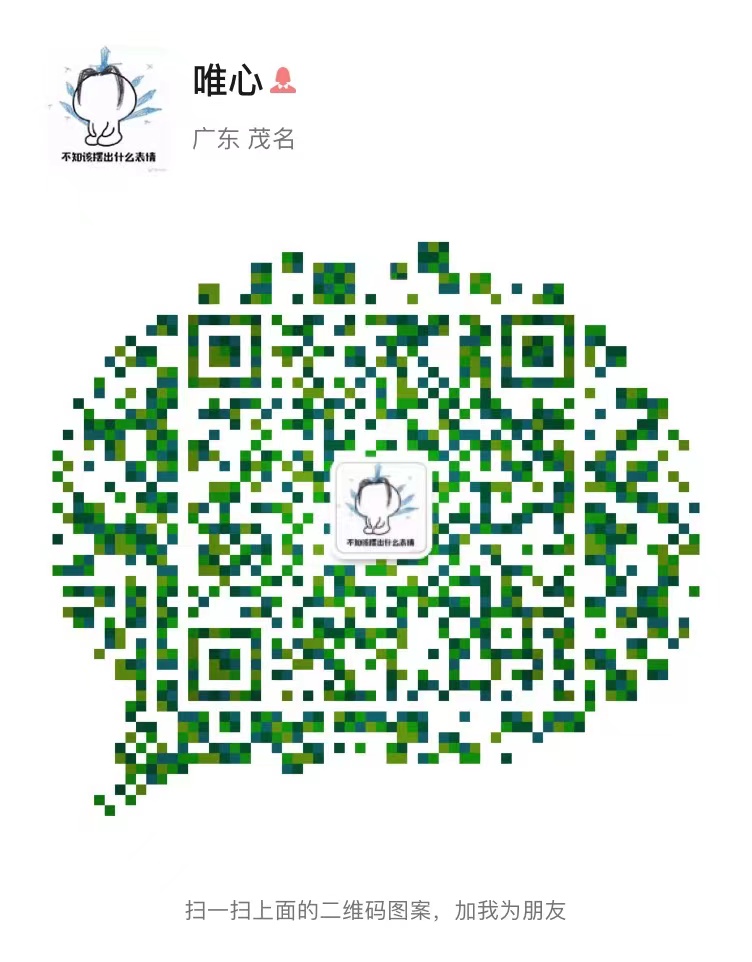- online service
- 8618617066102
- Shirleyxie@uniquefinger.com
-
We chat

Biometric sensing technology involves the use of unique biological characteristics or behavioral traits to identify and authenticate individuals. These characteristics can include fingerprints, iris patterns, facial features, voice, DNA, palm prints, vein patterns, and even behavioral biometrics like gait or typing patterns. Biometric sensors capture and analyze these traits to verify a person's identity.
Here are some commonly used biometric sensing technologies:
Fingerprint Recognition: Fingerprint Sensors capture the unique patterns of ridges and valleys on a person's fingertips. They are widely used in applications like unlocking smartphones, accessing secure areas, and forensic investigations.
Facial Recognition: Facial recognition systems analyze facial features, such as the distance between eyes, nose, and mouth, to identify individuals. It has applications in security systems, surveillance, and user authentication.
Iris Recognition: Iris recognition technology scans the patterns in the colored part of the eye (iris). It offers a highly accurate and secure form of biometric identification and is used in high-security applications.
Voice Recognition: Voice biometrics analyzes the unique characteristics of an individual's voice, such as pitch, tone, and speech patterns. It is employed in applications like voice-controlled systems, call center authentication, and speaker identification.
Palmprint Recognition: Palmprint sensors capture the patterns of veins and lines on an individual's palm. This technology is used for access control, attendance tracking, and identification purposes.
Vein Recognition: Vein recognition technology scans the patterns of veins in an individual's hand or finger. It offers high accuracy and is used in applications like secure access control and medical identification.
DNA-based Biometrics: DNA analysis can be used for identification and verification purposes. However, DNA testing is typically performed in laboratories rather than using portable sensors.
These biometric sensing technologies have seen advancements in recent years, including improvements in accuracy, speed, and usability. The integration of artificial intelligence and machine learning techniques has enhanced the performance of biometric systems, making them more robust and reliable. Additionally, touchless biometric solutions have gained prominence, allowing for non-contact identification, especially in the wake of the COVID-19 pandemic.
It's important to note that the deployment of biometric sensing technology raises privacy and ethical considerations. Responsible data management practices, informed consent, and adherence to privacy regulations are essential to ensure the proper use and protection of individuals' biometric data.
Contact: Shirley Xie
Phone: +86-18617066102
E-mail: Shirleyxie@uniquefinger.com
Whatsapp:8618617066102
Add: Shenzhen Software Park, Gaoxin South 7th Road, Nanshan District, Shenzhen, China
We chat
